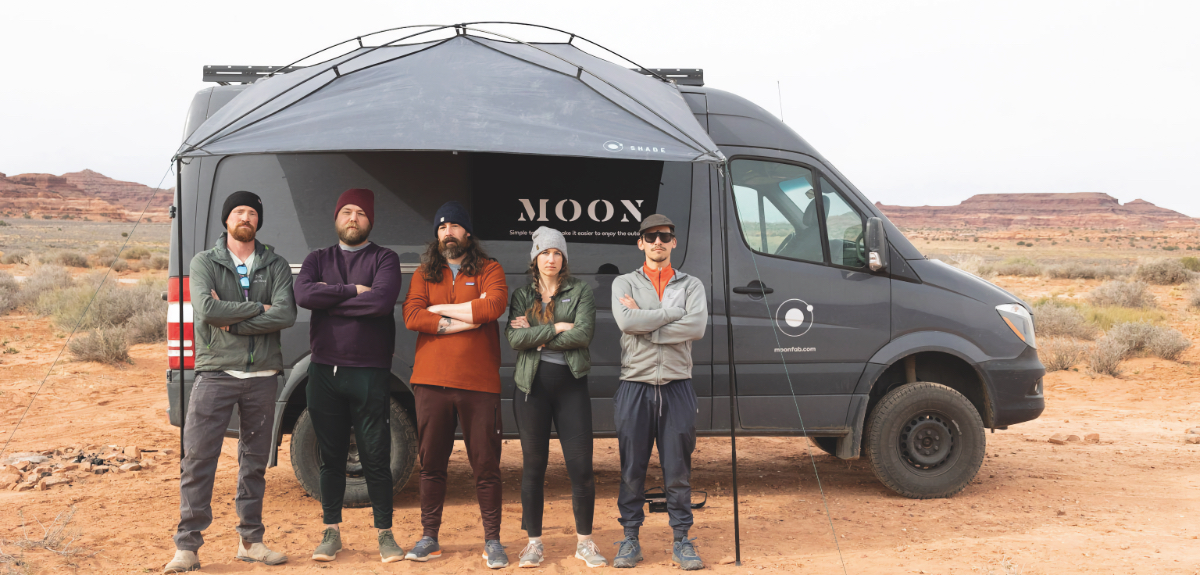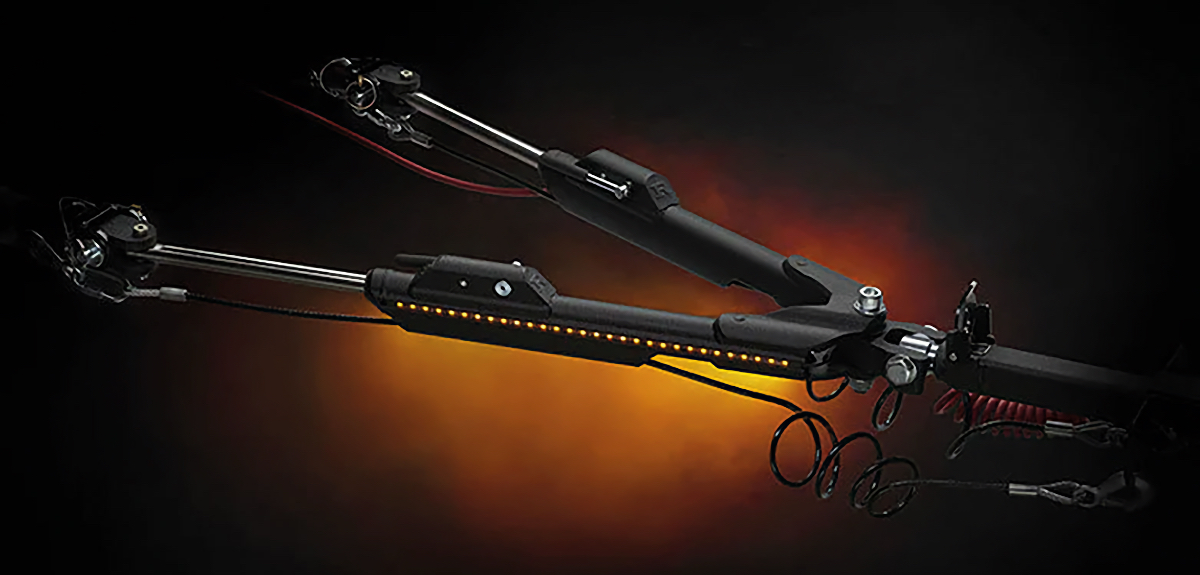What are the 10 Essentials of Hiking?
Stay Safe on the Trail by Always Having These Items in Your Backpack
Image Caption: Photo Credit: molchanovdmitry/Getty
Hiking is one of the world’s most popular outdoor activities, partly because it is accessible to so many people. It is also a fun, healthy, and relatively safe way to immerse ourselves in nature, although we occasionally hear stories of inexperienced hikers who find themselves in trouble on the trail. Those stories are always a good reminder of why it is so important to be prepared for just about anything when venturing into the backcountry. And being prepared starts with the Ten Essentials.
The Ten Essentials of Hiking rose to prominence in the early 1970s when first published in the third edition of Mountaineering: The Freedom of the Hills. Written specifically for mountain climbers, the iconic book details the skills and equipment needed to safely scale the highest peaks on the planet. The Ten Essentials were included in the tome as a basic list of things that hikers, backpackers, and climbers should always have with them when setting out on an adventure.
Since then, the Ten Essentials have been adopted and promoted by numerous hiking and backpacking organizations around the world. Over the past five decades, the list has become an important guide for the things that should be in every hiker’s backpack before hitting the trail. And while they have received some updates and modifications over the years, the core concepts and gear suggestions remain the same.
The modern list includes the following items:
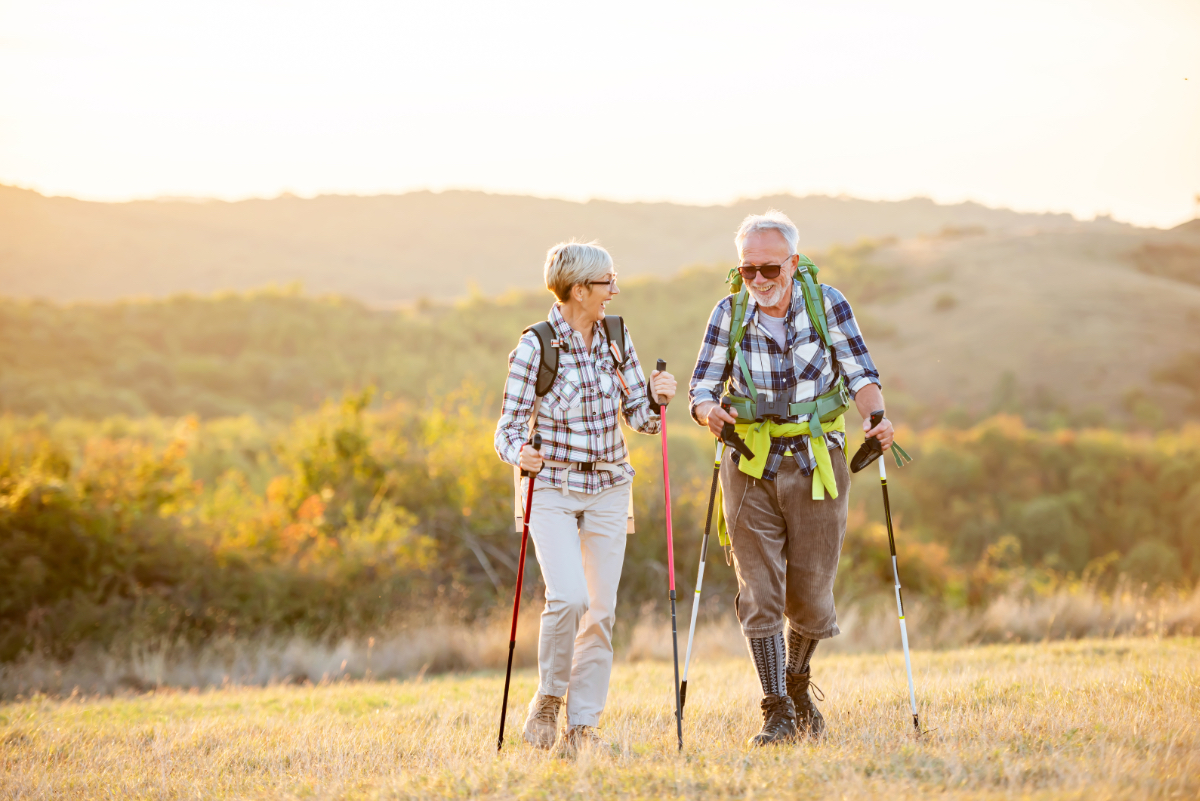
Photo Credit: Lordn/Getty
The Ten Essentials of Hiking
Whether heading out for just a few hours or embarking on a days-long backpacking trip, these are the items hikers should have with them at all times. The goal is to stay safe on the trail and always be prepared to take on any unexpected challenges that might arise.
Navigation
In the past, this category meant bringing high-quality, detailed maps of the trail and the surrounding topography. A good, up-to-date printed map remains an excellent option, although modern technology has made navigation easier and more convenient. Smartphones, handheld GPS devices, and even smartwatches are reliable ways to find your way in the backcountry.
The downside of those tech devices is that they need to stay charged to remain functional. Some gadgets may also need a connection to a cellular network to pull data, which can be limited in remote places. For that reason, it is always a good idea to bring a traditional printed map and a battery pack to keep your electronics functioning on the go.
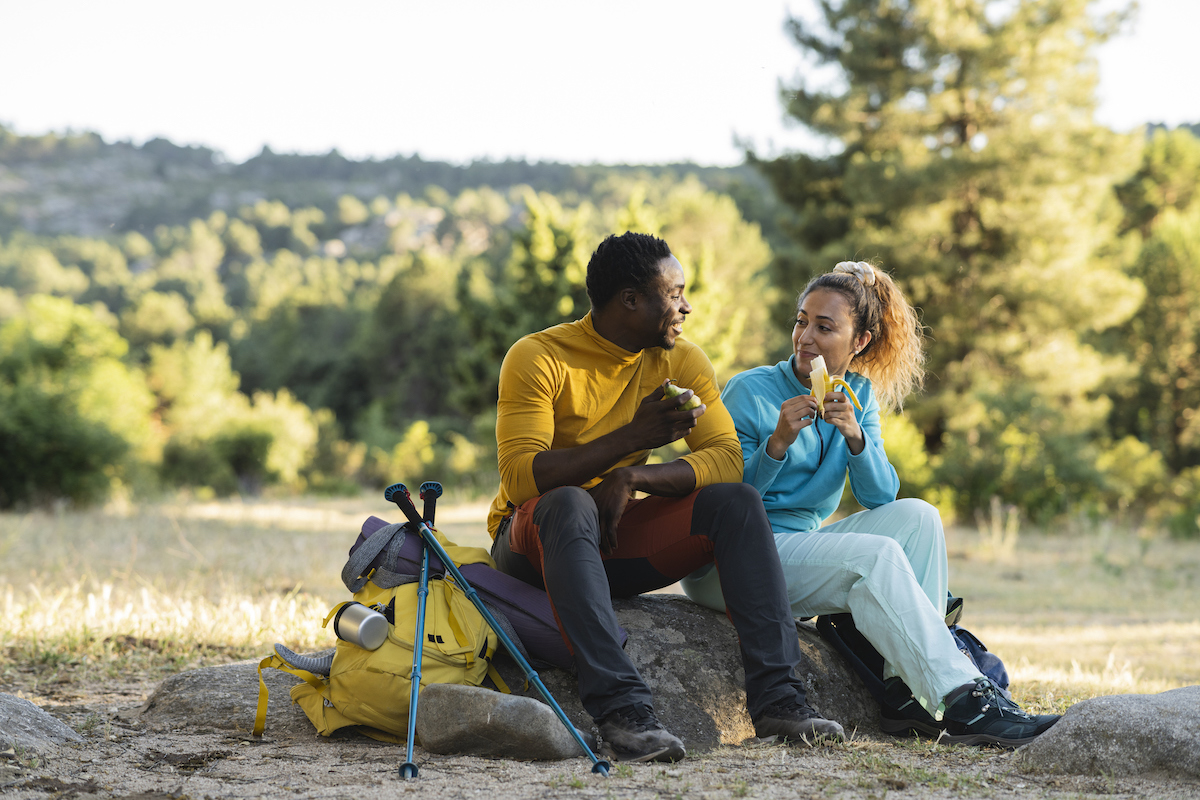
Photo Credit: Jose carlos Cerdeno/Getty
Food
It is important to always take extra food with you on a hike, even if it is a short one. You never know when you might need a snack to keep your energy up on the trail or if you find yourself staying out longer than expected. Snacks like trail mix, energy bars, and fresh fruit are perfect for day hikes, with sandwiches or even freeze-dried meals for longer excursions and overnight adventures.
Perhaps more importantly, bringing extra food means you will have some that you can share with others. Should an emergency arise, having additional snacks, fruit, or other foods will help you get through the situation safely and more comfortably.
Hydration
Perhaps even more important than having food to eat on your hike is having water to drink. Staying hydrated is vital when participating in any outdoor activity, so bring plenty of water. How much water you take depends on the length of the hike, the environment you’ll be trekking through, and the temperature. Obviously, you’ll need more water on hotter days, but you’ll still need to drink plenty of fluids on winter hikes, too.
On short one to two-hour hikes, a liter of water should be fine, but for anything longer, plan on carrying two to three times that amount. As with food, having a little extra is always a good idea, as the last thing you want to do is run out in the middle of your hike. As a bonus tip, consider adding electrolyte powder or tablets to improve the flavor and provide extra nutrients to keep you safer on the trail.
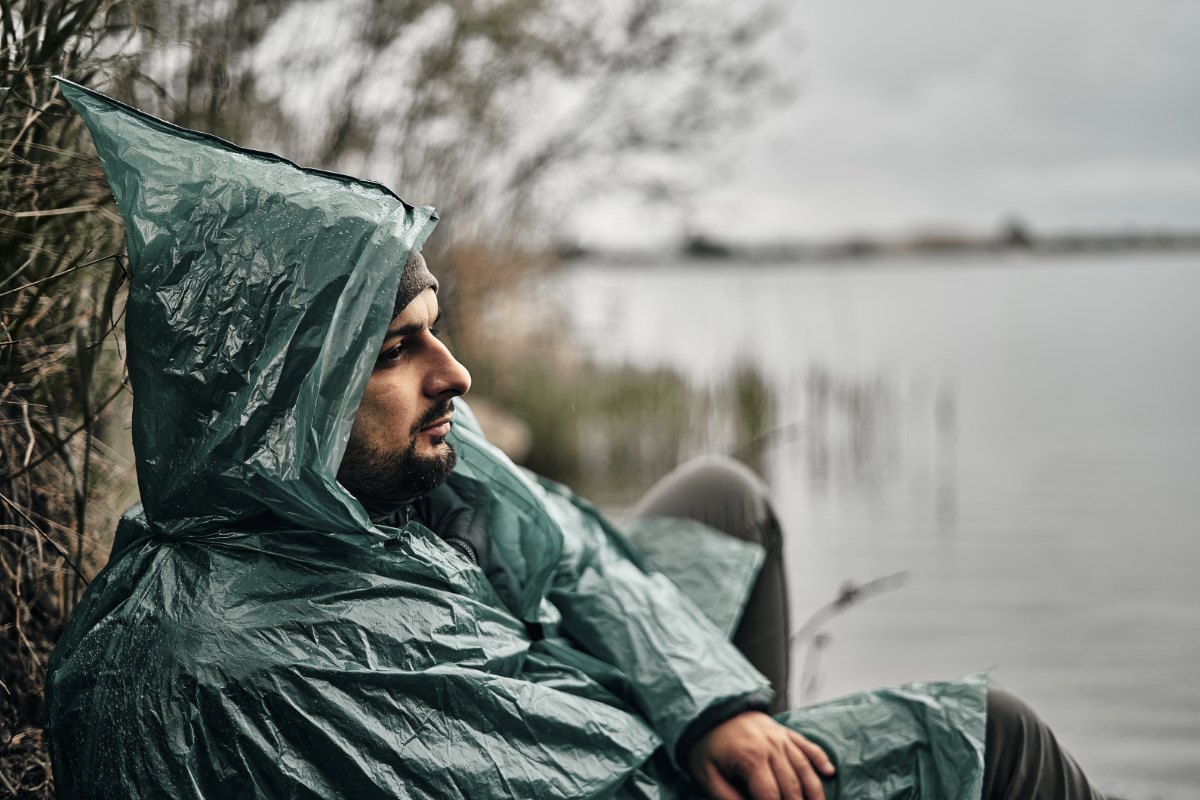
Photo Credit: September15/Getty
Emergency Shelter
Most hikers don’t carry a tent or other kind of shelter on shorter hikes, but bringing some form of protection from the elements can be a game changer if an emergency situation does occur. A lightweight and waterproof tarp can keep snow and rain at bay, and a bivvy sack can be a lifesaver if the weather gets especially bad. Even an emergency space blanket or large plastic bag can provide warmth and protection from the rain in a pinch.
As with most of the other Ten Essentials, you might not be the one who needs the emergency shelter. If a member of your hiking group or someone you meet on the trail runs into trouble, you may need to wrap them up in the shelter to keep them warm and dry until help arrives. Carrying extra gear to assist others could save lives, which is why having these items with you in the backcountry is so important.
Firestarter
There are a number of reasons why having fire-starting materials in your backpack can prove helpful. For instance, a fire can be used to cook food or as a heat source if you find yourself unexpectedly caught outside in cold conditions. The bright flames can also serve as a light source or a beacon for search and rescue teams looking for lost hikers.
A lighter or waterproof matches are excellent options for sparking a fire, but bringing easily ignitable materials will help speed the process. Those can include cotton balls soaked in rubbing alcohol or petroleum jelly, small pieces of very dry tinder, or lint from the dryer. Those items burn very quickly and are excellent at helping you get a campfire going.
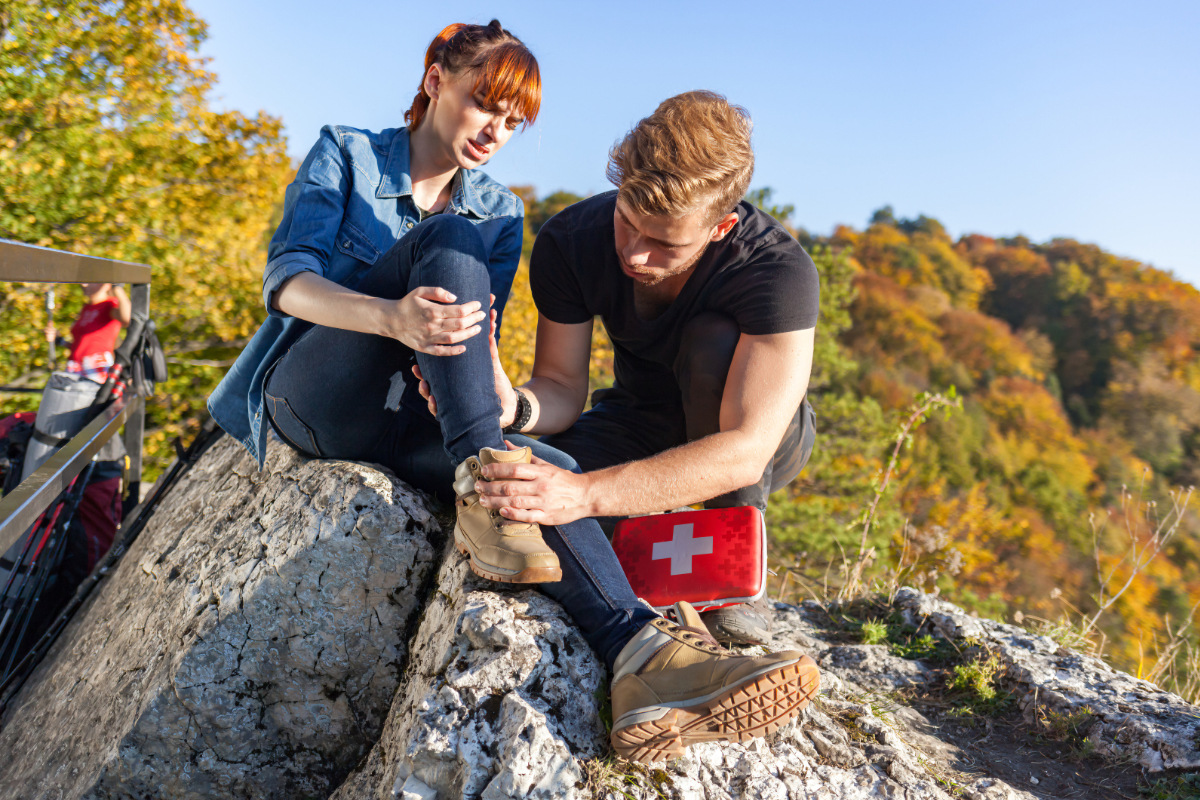
Photo Credit: leszekglasner/Getty
First-Aid Kit
This entry on the Ten Essentials list should be pretty self-explanatory. Accidents happen on the trail, and having options for cleaning and tending to cuts and scrapes, insect bites, or more severe injuries is vital. Most of the time, you may just need a bandaid or some moleskin to help keep you safe and moving. But a well-stocked first-aid kit will allow you to address broken bones, dehydration, headaches, stomach issues, and much more.
There are several first-aid kits available that are made specifically with hikers and other outdoor athletes in mind. They are designed to fit neatly in your backpack while still providing various medications, tools, and other options for treating injuries. Just don’t forget to restock the kit with the items you’ve used after you’ve completed the hike. Otherwise, you might not have everything you need the next time you encounter an issue.
Multitool
The original Ten Essentials recommended that hikers bring a pocket knife on their outings, but modern versions now suggest a multitool instead. That’s because these handy products not only include knife blades but a variety of other valuable tools. Those can include things like scissors, a screwdriver, or a can opener. A modern multitool may have a built-in fire starter, a corkscrew, or pliers. In other words, it’s a lot like having a toolbox that fits into your pocket.
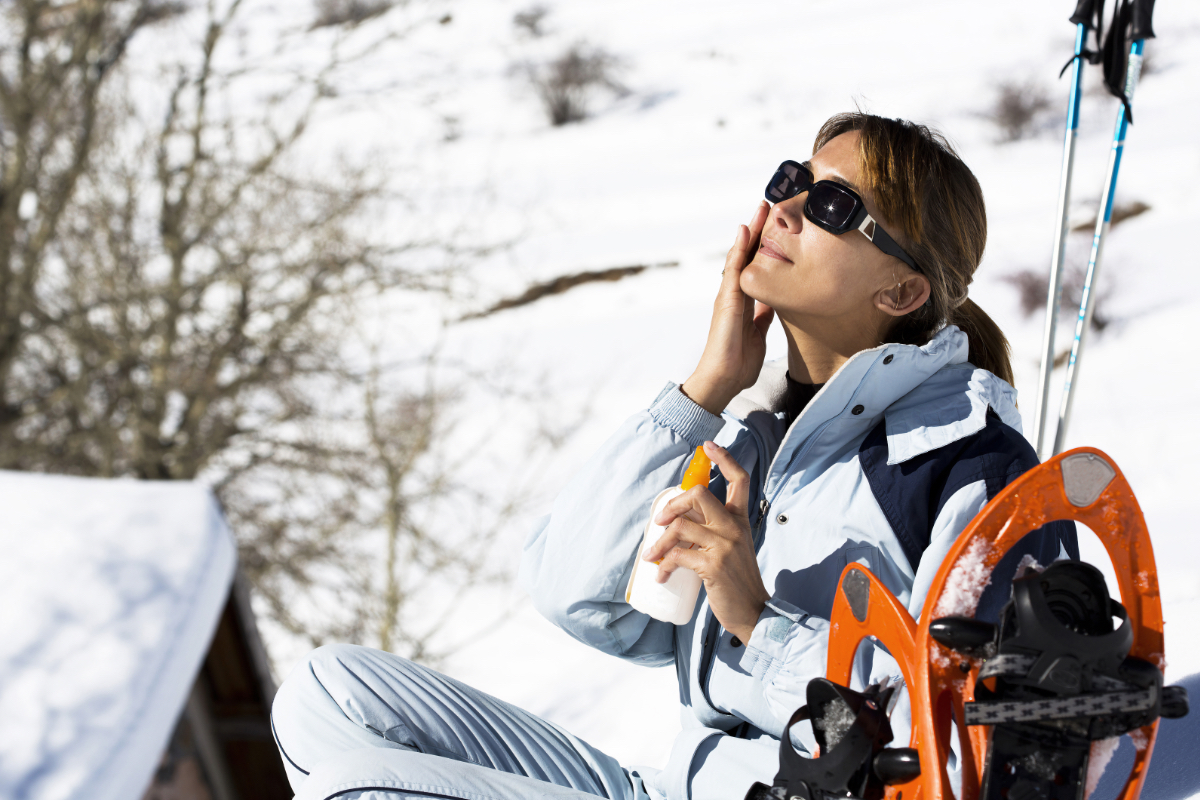
Photo Credit: plprod/Getty
Sun Protection
It doesn’t matter whether you’re hiking in the summer or winter; you’ll want to stay well protected from the sun. Sun protection not only includes wearing sunglasses and sunscreen but also long-sleeved shirts and pants that provide ample coverage. A hat is an essential part of any hiker’s wardrobe, too, adding protection for the face, neck, and top of the head. Don’t forget chapstick, either, as overexposure to the sun can be very damaging to your lips.
Lightweight, loose-fitting clothing can provide good protection while still helping hikers stay relatively cool. The goal is to prevent getting sunburned, which can happen in any season, including winter. You’ll also want to minimize the chances of getting dehydrated and avoid heat exhaustion, too.
Extra Layers
Any experienced outdoor enthusiast will tell you that the weather can—and will—change quickly in the backcountry. That’s why it is important to always be prepared with additional layers that can help keep you warm, dry and well-protected from the elements.
Keep a fleece layer in your pack in case the temperature drops unexpectedly, or you find yourself delayed in getting off the trail. A lightweight rain jacket can help keep you comfortable and dry when those unexpected showers start falling. Even a fresh pair of dry socks can be godsend, keeping your feet happy by avoiding blisters.
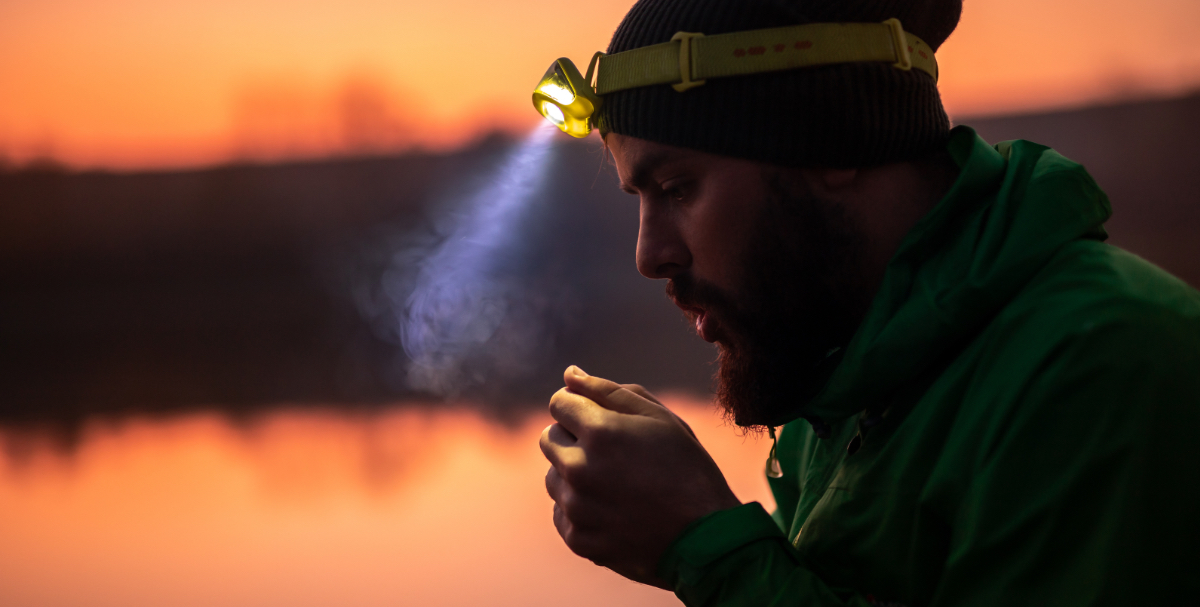
Photo Credit: max-kegfire/Getty
Illumination
Not all hiking trips go as planned. A trail might be longer or more difficult than you expected, or poor weather conditions could cause delays in completing the trek. You might find yourself lingering at the summit for longer than you had planned, or you may need to lend assistance to other hikers, further extending your time in the backcountry. Either way, hiking after dark can be scary and dangerous, which is why you always need to bring some form of illumination.
Veteran backpackers and hikers always have a headlamp close at hand just for those situations. These wearable devices provide plenty of light and have the added benefit of keeping your hands free to use trekking poles, grab a drink from a water bottle, or assist others. A flashlight is a worthy alternative as well, bringing a bright beam to show the way.
That’s it: the entire list of the Ten Essentials. These are the items you should never leave home without when setting out on an outdoor adventure. Not only can they help you stay safe, they could be the difference between life and death for you or someone else on the trail. Most aren’t especially large, heavy, or expensive, so make sure the next time you head out on an adventure, you have everything you need to see it safely through to the end.

Kraig Becker is a writer in the RV, outdoors, and adventure travel space. Over the course of his career he has contributed to such outlets as Popular Mechanics, Outside Online, Business Insider, TripSavvy, Digital Trends, GearJunkie, The Adventure Blog, and countless others. And avid runner and cyclist, he enjoys camping, hiking, mountain biking, kayaking, and just about any other outdoor activity. His travels have taken him to seven continents and on many amazing adventures.


